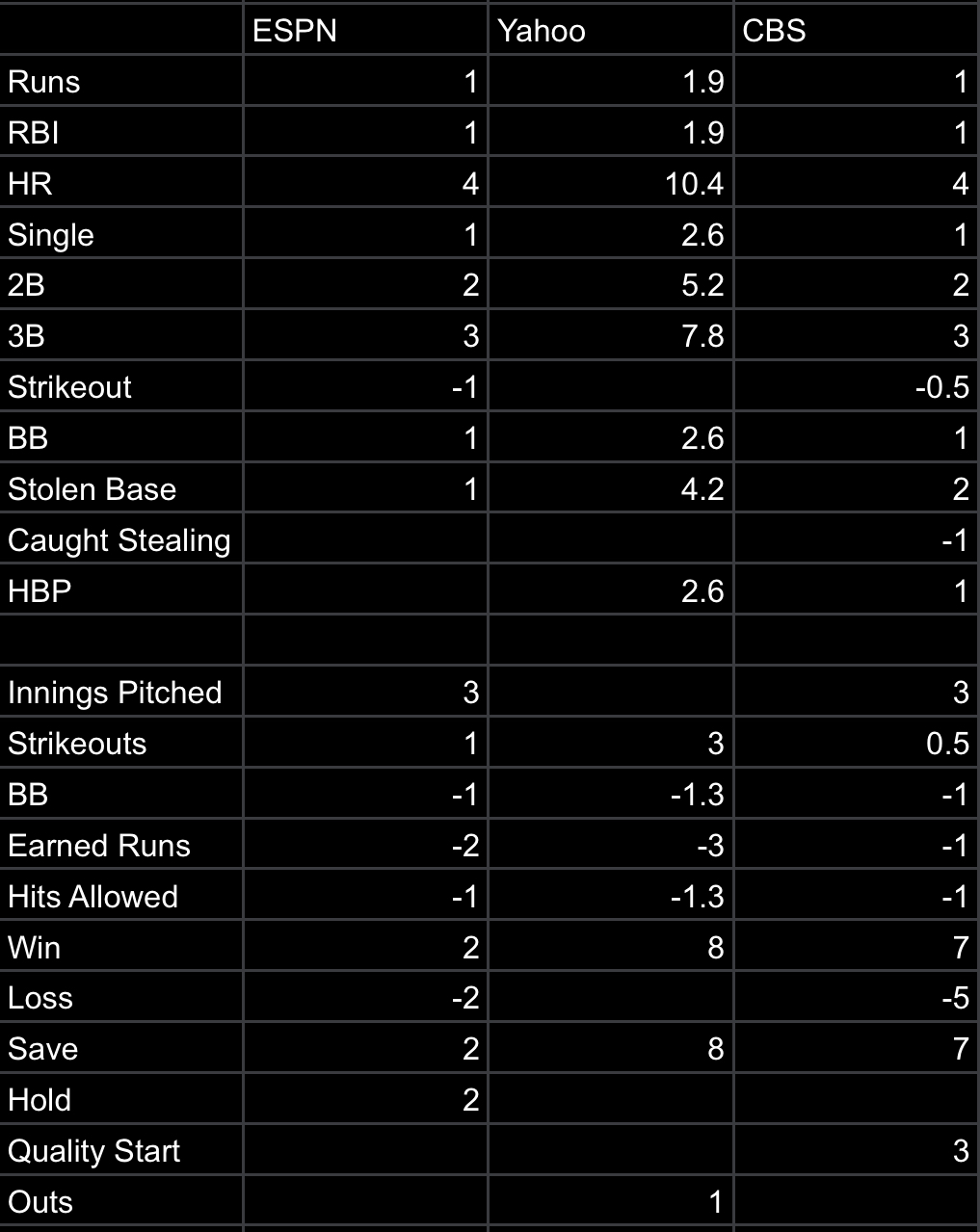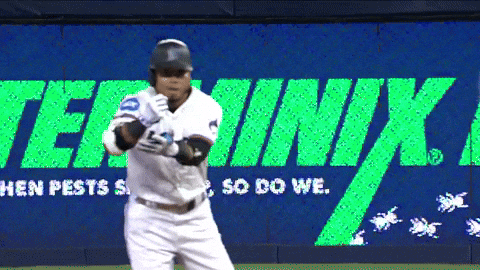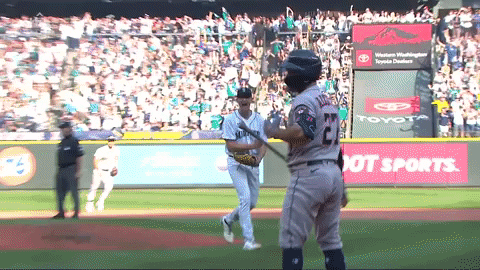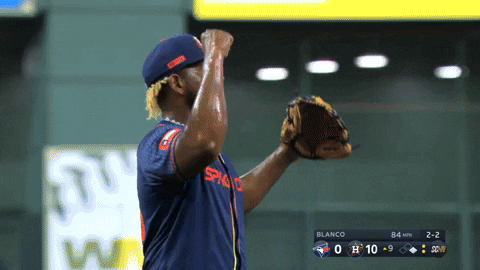Fake Baseball’s Points League Primer (2025 Fantasy Baseball)
Everything you need to know to nail your fantasy baseball points league draft and win your points league season
Last year I made it a point to focus much of my content output on points leagues. It is the fantasy baseball format I’ve not only been playing the longest, but also the one I’ve had the most success with as well. There’s only one problem…points leagues are both the least liked and least played format in fantasy baseball.
That’s why it’s important to have articles like this. In a content world based around both category and roto leagues, getting points league based content out there is a must.
With that in mind, the purpose of this primer is to both introduce you to points leagues as well as give you the best strategies to utilize while drafting and managing your points league team. Keep these things in mind while you draft and manage your team in season and you’ll have a leg up on the rest of your league mates.
Understand Your League’s Scoring System
Just because points leagues work one way on one site does not mean that’s how it goes on another. ESPN has vastly different scoring than CBS, which scores differently than Yahoo. There’s also the fact that scoring in points leagues is also completely customizable. This makes understanding your scoring system even more important before, during, and after the draft.
When evaluating who's available in your draft, you need to keep all of these scoring options in mind. Someone like Teoscar Hernandez, who hit 33 home runs and drove in 99 last season, can be very enticing in most league formats. However, in points leagues, he becomes much less exciting in ESPN and CBS leagues when you take into account his 188 strikeouts (fourth most in baseball) and the fact that he only walked 53 times.
Over the course of a season, these things add up, and while his hot streaks are hot, having a player strike out four times in a game even just once during the week can be killer to your final score. Knowing who to target, even as early as draft day, will help you in the long haul of the season.
Strikeout Rate & Total Bases Are Your Best Friend For Hitters
We all get enamored with the long ball. Technically, it’s still an incredibly important stat to focus on for points leagues. But unlike roto and category leagues, it’s far less important than you may think. In a world where you get one point per total base, doubles and triples now reign supreme (sort of).
This is where guys like Jarren Duran, Brendan Donovan, Alec Bohm, and Nico Hoerner become a lot more usable. Duran separated himself from the pack last year and became a guy who’s universally useable, but in doing so he also became a top 12 outfielder in points leagues in the process. Donovan, Bohm, and Hoerner on the other hand are middle-of-the-pack options in roto while finishing points leagues in the top 12 at their positions as well.
In a category league, a player going 2/4 with a home run and double is great. You just got yourself a much-needed home run and 2/4 always helps the average. In a points league, that same 2/4 with a home run and double now becomes seven points. In ESPN standard leagues, where a “good” average points per game is 2.5 points per game, that becomes a massive amount of points in just one day. The same thought process applies to a 3/5 with two doubles and a triples type of game. Awesome for the average in a category or roto league. Amazing in a points league bringing in seven points just on total bases alone.
In a fantasy sports world where people are just as enamored with the long ball as Jerry Dipoto is with trading for underused relief pitchers with mysterious upside, your advantage should be found in snagging those total base monsters going overlooked.
Of course, mashers like Shohei Ohtani and Aaron Judge will always be the supreme rulers, but when deciding between a handful of people a couple of rounds into the draft, target those doubles and triples hitters. Don’t be the guy flexing 2022 Giancarlo Stanton and his 33 home runs and just seven doubles.
Now strikeout rate is one that doesn’t take too much explanation. In leagues where strikeouts ding you for points, targeting guys who strike out less is going to be a net positive. This is where your Luis Arraez, Steven Kwan, and Alec Burleson become top-tier options. Guys who can hit for average and put up minuscule strikeout rates get a bump in the rankings and should be targeted when you are able.
K-BB% & Quality Starts Will Carry Your Pitching The Whole Season
Let’s preface this by saying some points leagues award a bonus for a pitcher who throws a quality start. That’s nice, but that’s not why you should focus on quality starts. It seems like a simple concept but unfortunately, it gets overlooked quite often.
In a points league, you typically lose points for earned runs and gain points for each inning they pitch. With that in mind, locking down pitchers with a higher probability of going at least six innings with three or fewer earned runs already puts you in a good position for points. Not take into account that pitchers getting consistent quality starts also do a good job at limiting hits and you have the makings of an already solid lineup.
It’s best sometimes to take the name factor out of it completely with pitchers and focus on what they’re doing and how well they’re doing it. Last season you had a bunch of guys come out of nowhere and put up great quality start numbers.
Seth Lugo (22)
Tanner Houch (19)
Hunter Brown (19)
Cristopher Sanchez (17)
Jake Irvin (16)
It’s no surprise that all of these guys ended up putting up solid numbers in points leagues last season.
Now on to K-BB%. It stands for strikeout minus walk rate. Strikeouts are something that you obviously want to target with them traditionally being worth a point a piece. And everyone dislikes walks. One thing you need to keep in mind is that K/9 is not the stat you need to be using. Neither is just K% by itself. K-BB% is perfection for points leagues because it takes that strikeout rate into account while also accounting for the negative you receive from walks.
Anything 17% or higher is the sweet spot for K-BB%. That gives you two different types of pitchers. If you use that qualifier, you end up with the higher walk rate guys (8%+) who also just so happen to strike out guys at an elite rate. Guys like Freddy Peralta and Michael King fall into this category. You also get the guys who may strike out a few fewer hitters, but they have minuscule walk rates. Think George Kirby and Logan Gilbert.
Using the full season-long numbers for K-BB% is great, but I also like looking at second-half data to see which pitchers turned it up a notch and showed they have another gear they can go to. Another level of Super Saiyan, if you will. Guys like Sean Manaea and Spencer Arrighetti are guys who jumped from below to above that 17% number in the second half. There aren’t a ton of guys who reach this number, but they’re all ones you should be pinpointing when you can in points league drafts.
Stream Pitching At Your Own Risk
Streaming pitching is a very popular strategy in fantasy baseball. I myself am guilty of it, and it’s honestly a great strategy as long as you know to do the research it takes to be successful with it. In roto and category leagues, it’s a bit more simple to stream pitching. You can stream individually for innings, minimizing runs, and strikeouts pretty easily with just some basic research.
In points leagues, you need to be much more careful because all it takes is one bad, -20 point start and your entire week is screwed. It becomes much more difficult to come back from a bad start, especially if it’s really bad later in the week. When targeting pitchers to stream, you need to use the quality start ideology and target guys you think give you the best chance at getting a quality start.
Do not worry about wins. Too often people stream for wins and get burned. Stream solely for quality starts and you’ll end up with plenty of wins along the way, and much fewer negative point games out of your pitching staff.
You Can Pass On Saves, Don’t Worry
Now this goes for MOST leagues. You may play in a custom league where they require you to start closers and if that’s the case by all means target those top guys. In most leagues, though, you’ll want to take advantage of SP/RP eligible pitchers to fill in those relief pitcher slots. Getting guys who are going to start and put considerable innings in every five games will almost always be a better option than running out a starter who may not get one save opportunity in a given week.
Remember to do this with some common sense, though. A bottom-of-the-barrel SP/RP starting a home game for the Colorado Rockies is not likely going to be a better option than, say, Emmanuel Clase. But finding those guys who can provide you with useful production will always outweigh all but the top-end starters. There are typically a bit more available than you expect. Last season saw a very productive bunch of SP/RP.
Cole Ragans
Michael King
Ronel Blanco
Sean Manaea
Garrett Crochet
Reynaldo Lopez
All of these are guys who had both SP/RP eligibility in 2024 and also just so happened to be some of the most productive pitchers in baseball. If you catch yourself staring at that shiny closer on draft day…don’t do it. Spend that draft capital somewhere else and find yourself a nice little dual-position eligibility guy who can fill that roster spot for you instead.









Stumbled upon your Substack recently. Look forward to reading more. Just wanted to speak up as someone who is a strong proponent of points leagues! Been the commish of a points league for 20+ years. With the right scoring/rules in place it is the best format by far. Speaking of scoring, I’ll never understand why most leagues deduct for strikeouts. A batter grounds into a double play (worse) etc and that’s fine but points get deducted for a strikeout? Makes no sense. Obviously my league doesn’t, lol.